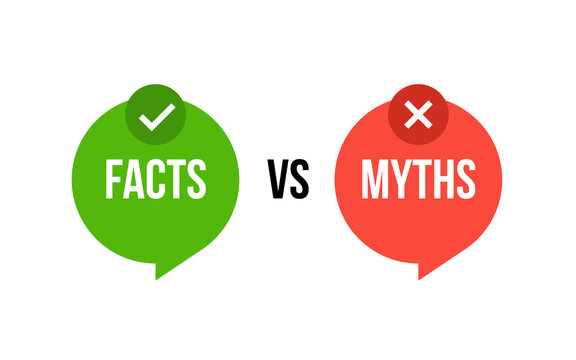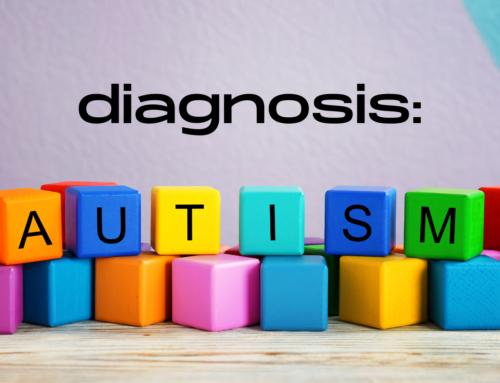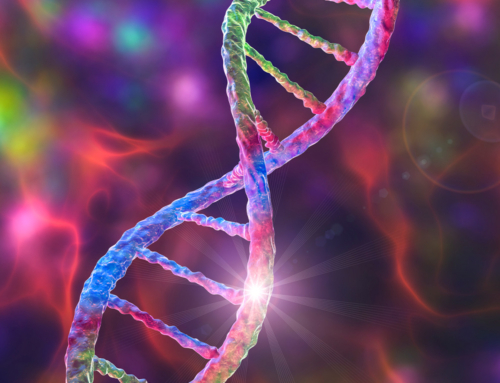Understanding Autism: Myths vs. Facts
 Autism is one of the most misunderstood developmental conditions in the world today. While awareness of autism has grown, many myths and misconceptions still surround it, leading to confusion and often misinformation. It’s important to separate fact from fiction so that we can foster a more inclusive and understanding environment for those on the autism spectrum.
Autism is one of the most misunderstood developmental conditions in the world today. While awareness of autism has grown, many myths and misconceptions still surround it, leading to confusion and often misinformation. It’s important to separate fact from fiction so that we can foster a more inclusive and understanding environment for those on the autism spectrum.
Myth 1: Autism is a mental illness.
Fact: Autism is not a mental illness but a developmental disorder. It affects how individuals communicate, interact socially, and perceive the world. While some individuals with autism may experience mental health challenges such as anxiety or depression, autism itself is not classified as a mental illness. It is a spectrum disorder, meaning that it affects people differently and to varying degrees.
Myth 2: People with autism lack empathy.
Fact: One of the most harmful myths is that individuals with autism cannot feel or express empathy. This is far from the truth. People with autism may struggle to recognize or respond to social cues, but this doesn’t mean they are incapable of empathy. Many individuals on the spectrum feel deep empathy; they may just express it differently or struggle to show it in a way that others expect.
Myth 3: Vaccines cause autism.
Fact: The idea that vaccines cause autism is one of the most persistent myths. It began with a 1998 study that has since been thoroughly debunked and retracted. Numerous scientific studies have shown no link between vaccines and autism. Continuing to spread this myth not only contributes to misinformation but can also harm public health by encouraging vaccine hesitancy.
Myth 4: All people with autism have exceptional abilities.
Fact: While some individuals with autism have extraordinary skills in areas like mathematics, music, or art (often called savant abilities), this is not the case for all people on the spectrum. Autism affects everyone differently. While some may have specialized skills, others may not. It’s important to appreciate the unique strengths and challenges of each individual without expecting everyone with autism to have special talents.
Myth 5: Autism can be “cured.”
Fact: Autism is a lifelong condition. While certain therapies and interventions can help individuals manage symptoms or develop skills, there is no cure for autism. The goal of treatment is not to “fix” autism but to support individuals in living fulfilling, meaningful lives on their own terms.
Moving Towards Understanding and Inclusion
The myths surrounding autism can be harmful to those on the spectrum, as they often create barriers to understanding and inclusion. By spreading accurate information, we can help break down these barriers and create a society where people with autism are respected and supported.
It’s important to remember that autism is a spectrum, meaning that the experiences, abilities, and challenges faced by those on the spectrum vary widely. Every individual is unique, and understanding this is key to fostering an inclusive community.
Finally, awareness is not enough. We must move from awareness to acceptance, understanding that individuals with autism have different needs but also have incredible strengths and abilities to offer. It is our responsibility as a society to accommodate these needs and appreciate the diversity autism brings to the human experience.
By addressing these myths head-on, we take an important step toward building a more informed, empathetic, and inclusive world for individuals with autism.





